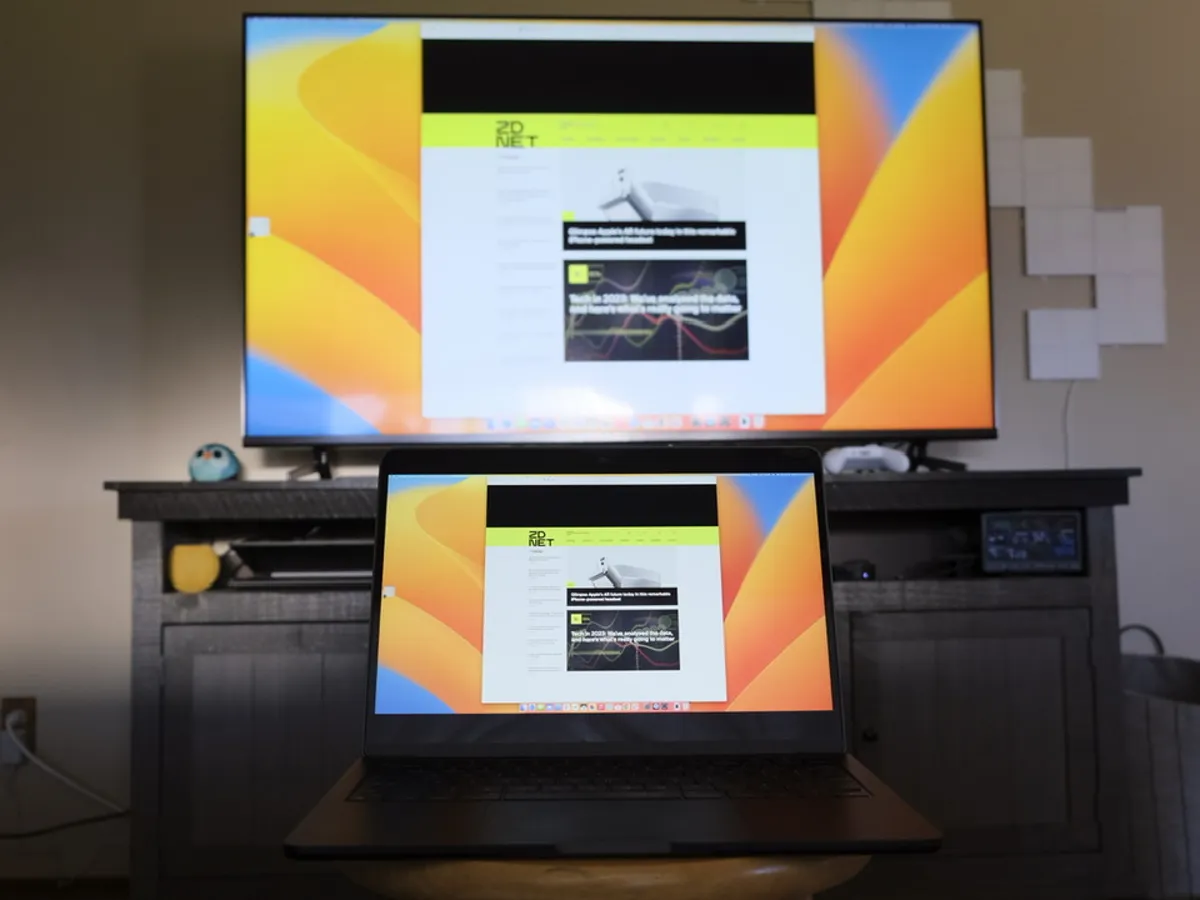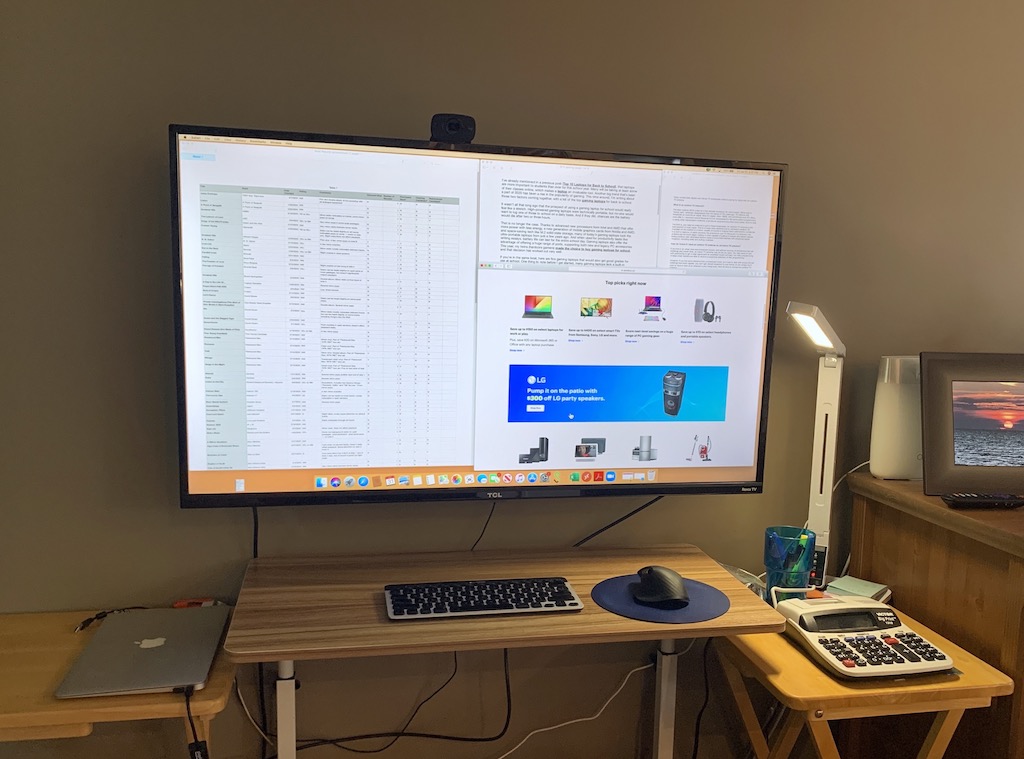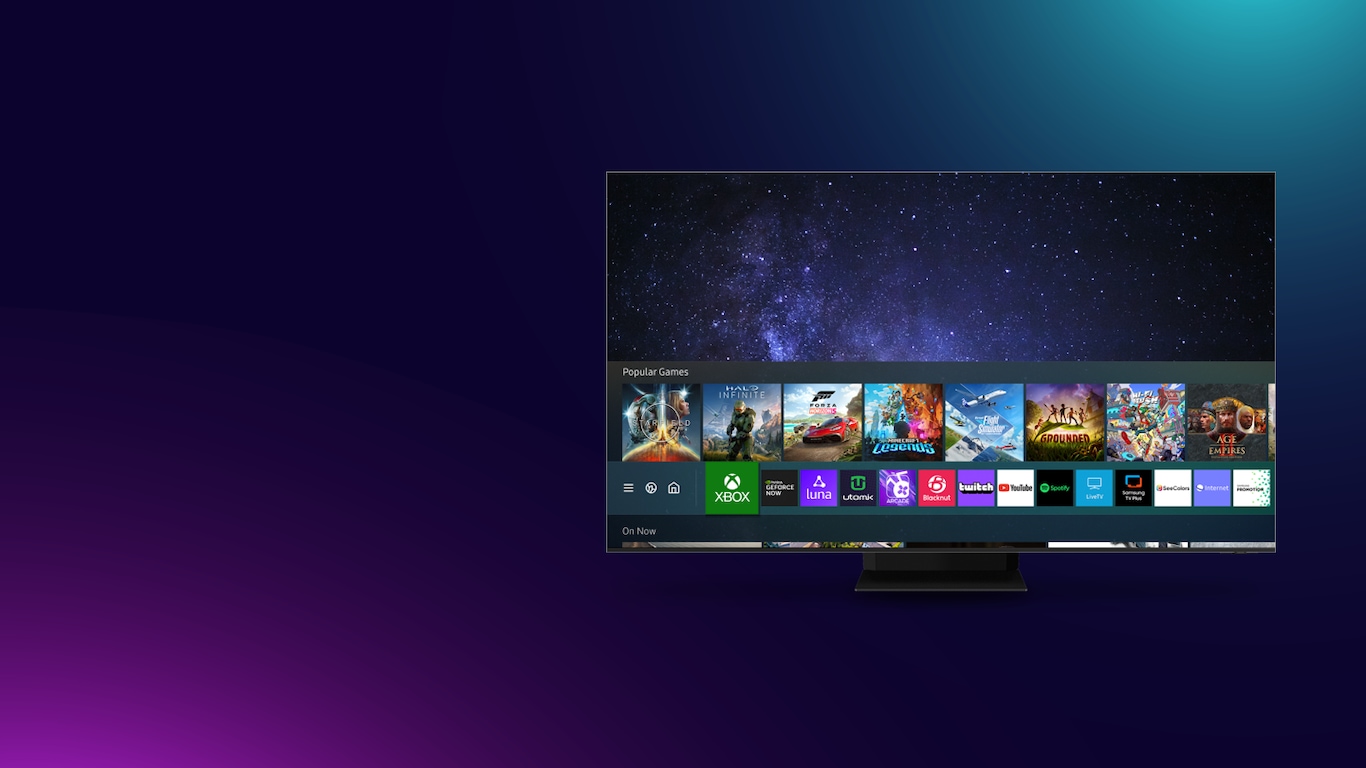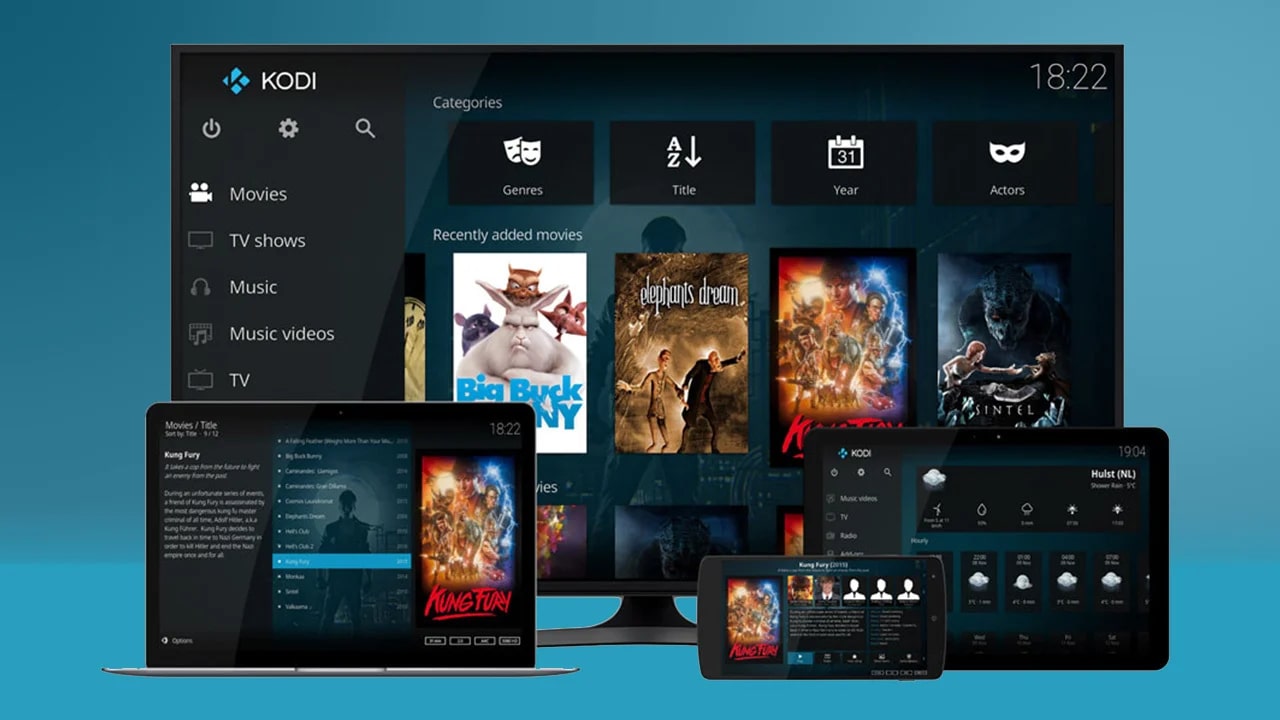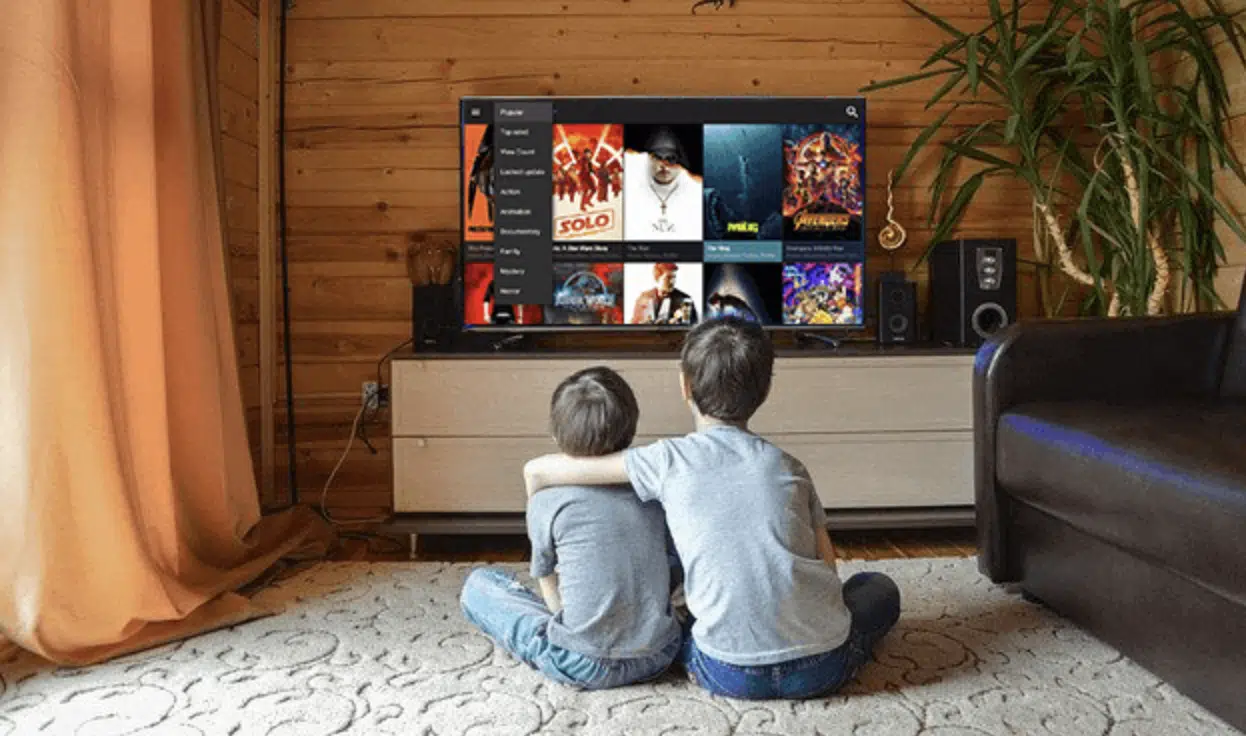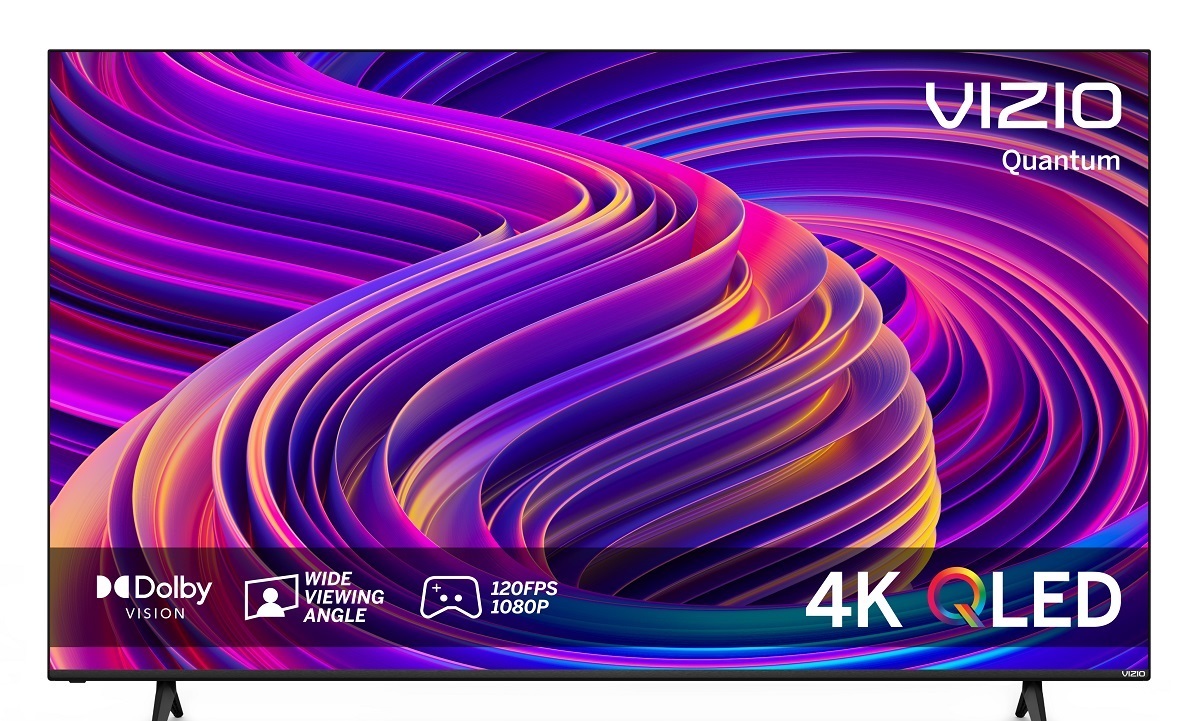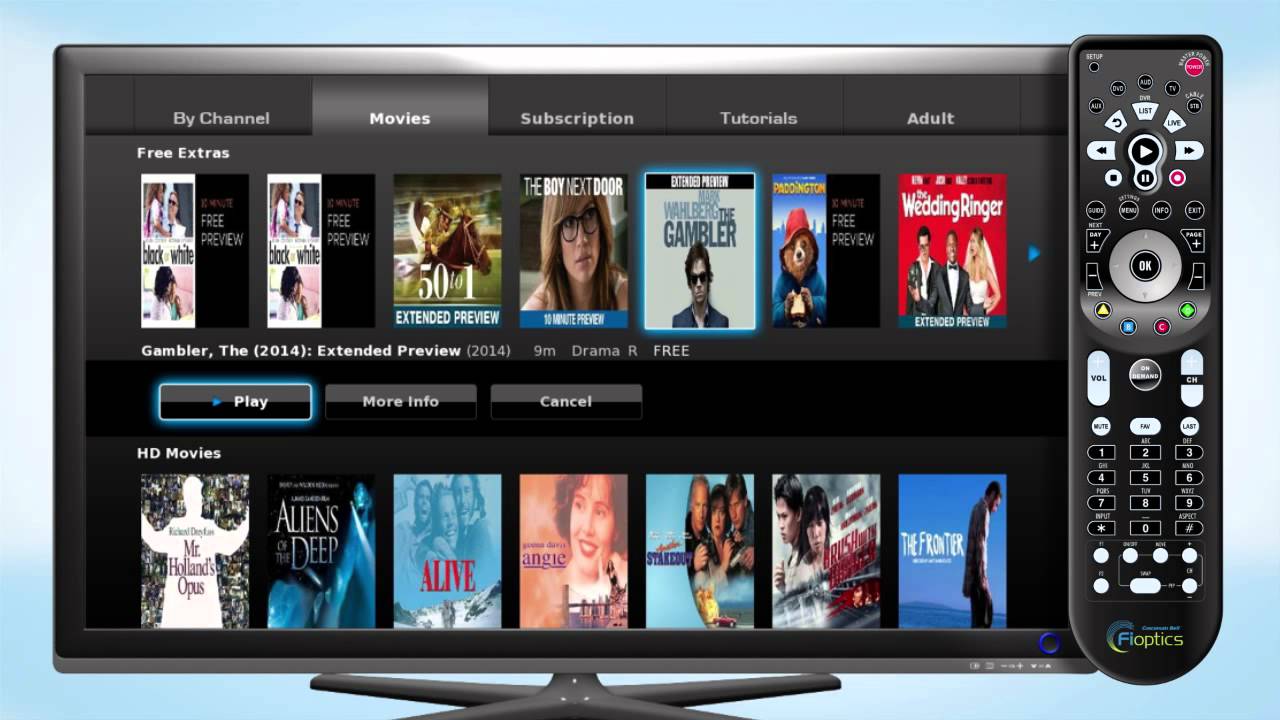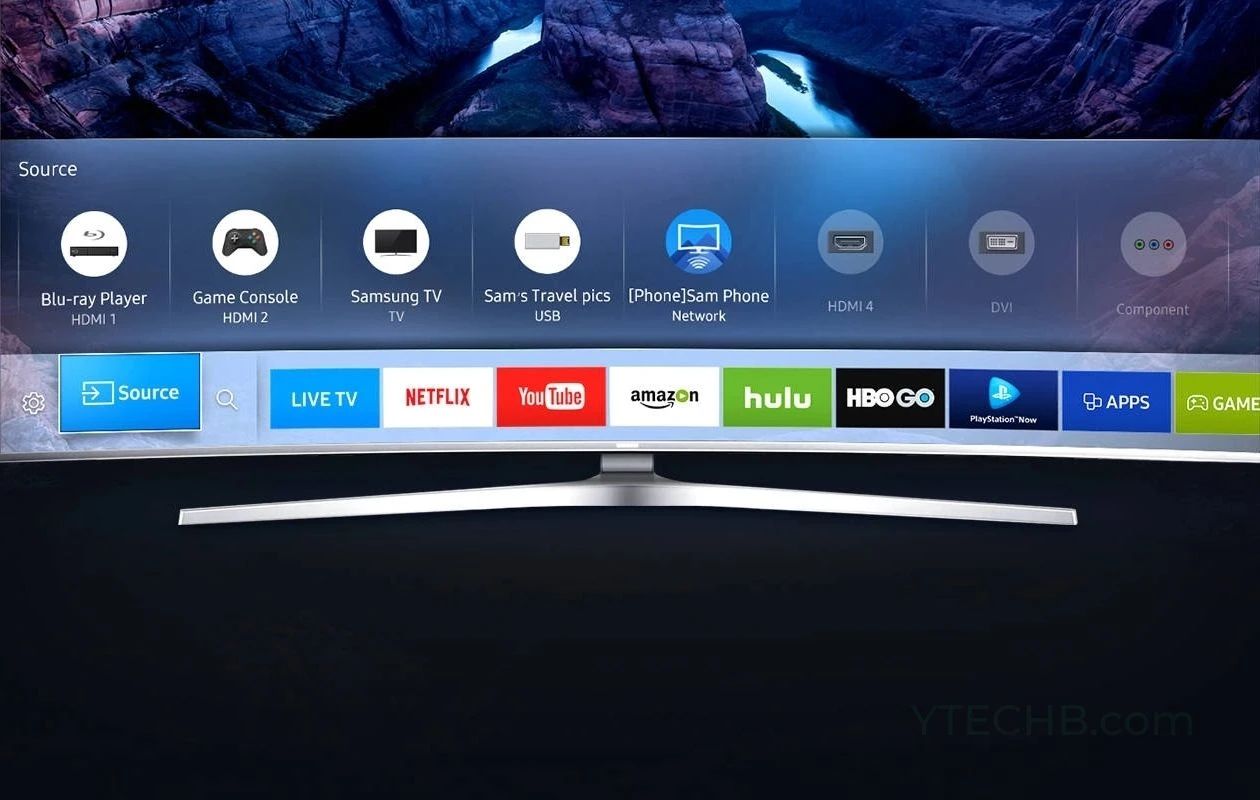Introduction
Connecting your computer to your smart TV can significantly enhance your entertainment experience by allowing you to enjoy your favorite movies, videos, photos, and even presentations on a larger screen. Whether you want to stream online content, share your vacation photos with family and friends, or simply extend your computer’s display, there are various methods to connect your computer to your smart TV.
This article will guide you through the different options available for connecting your computer to your smart TV, including both wired and wireless connections. We will explore the use of HDMI cables, wireless technologies like Miracast, Chromecast, and Apple AirPlay, as well as provide tips for troubleshooting common connection issues.
Before we delve into the various methods, it’s important to note that the specific steps may vary depending on the make and model of your smart TV and computer. It’s always recommended to refer to the user manuals or online documentation provided by the manufacturers for detailed instructions tailored to your specific devices.
With that said, let’s get started and explore the different ways you can connect your computer to your smart TV.
Connecting Your Computer to Your Smart TV Using an HDMI Cable
One of the most common and straightforward methods to connect your computer to your smart TV is by using an HDMI cable. HDMI (High Definition Multimedia Interface) cables transmit both high-quality video and audio signals, making it an ideal choice for connecting your devices.
To connect your computer to your smart TV using an HDMI cable, follow these simple steps:
- Check if both your computer and smart TV have an HDMI port. Most modern computers and smart TVs come equipped with HDMI ports.
- Using an HDMI cable, connect one end to the HDMI port on your computer and the other end to the HDMI port on your smart TV.
- On your smart TV, navigate to the appropriate HDMI input source. This can usually be done using the TV remote control and selecting the corresponding HDMI input.
- Your computer screen should now be mirrored or extended on your smart TV. Adjust the screen resolution on your computer if necessary to optimize the display on the TV.
- If you want to play audio through your TV speakers, make sure to select the correct audio output settings on your computer.
Connecting your computer to your smart TV using an HDMI cable offers several advantages. It provides a direct and stable connection, ensuring minimal latency and high-quality audio and video transmission. It also allows you to extend your computer’s display, making it perfect for presentations or multitasking.
However, keep in mind that HDMI cables have limitations in terms of length, usually ranging from 3 to 15 meters. If you need to connect your devices over a longer distance, you may need additional accessories like HDMI extenders or repeaters.
By following these steps, you can easily connect your computer to your smart TV using an HDMI cable, enjoying a seamless streaming and viewing experience with high-definition audio and video.
Wireless Connection Options
If you prefer a cable-free solution, there are several wireless connection options available to connect your computer to your smart TV. These wireless technologies allow you to stream content from your computer to your TV effortlessly. Let’s explore some of the popular wireless connection options:
- Miracast: Miracast is a wireless display standard that allows you to mirror your computer screen onto your smart TV. To use Miracast, make sure your computer and smart TV support this technology. On your computer, go to the display settings and select the option to connect to a wireless display. From there, choose your smart TV to establish the Miracast connection.
- Chromecast: Chromecast is a media streaming device developed by Google. It plugs into your TV’s HDMI port and allows you to stream content directly from your computer or mobile device to your smart TV. Install the Chromecast app on your computer and follow the instructions to set it up. Once connected, you can cast videos, photos, and even entire desktop screens to your TV.
- Apple AirPlay: If you have an Apple computer and an Apple TV, you can utilize Apple’s AirPlay feature to wirelessly connect your computer to your smart TV. Ensure your computer and Apple TV are on the same Wi-Fi network, then click on the AirPlay icon on your computer’s menu bar and select your Apple TV to start mirroring your screen.
These wireless connection options provide flexibility and convenience, allowing you to effortlessly stream content from your computer to your smart TV without the need for cables. However, it’s important to note that your computer and smart TV must be compatible with the specific wireless technology you choose to use.
Furthermore, keep in mind that wireless connections can be subject to interference or signal strength issues, resulting in reduced quality or laggy streaming. Ensure that both your computer and smart TV are located within a reasonable distance and have a stable Wi-Fi connection for optimal performance.
By utilizing these wireless connection options, you can enjoy a seamless streaming experience, wirelessly transmitting content from your computer to your smart TV with ease.
Connecting Your Computer to Your Smart TV Using Miracast
Miracast is a wireless display technology that allows you to mirror your computer screen onto your smart TV without the need for cables. It enables you to enjoy larger and more immersive viewing experiences, making it ideal for streaming videos, giving presentations, or playing games on a bigger screen.
To connect your computer to your smart TV using Miracast, follow these steps:
- Ensure that both your computer and smart TV support Miracast. Most modern Windows computers and many smart TVs have built-in Miracast support.
- On your computer, go to the display settings and select the option to connect to a wireless display or projector.
- From the list of available devices, choose your smart TV’s Miracast receiver to establish the connection.
- Your computer screen should now be mirrored on your smart TV, allowing you to view photos, videos, and even navigate your computer using the TV remote or smart TV interface.
- Adjust the screen resolution and display settings on your computer if needed to optimize the visual quality on the TV.
Connecting your computer to your smart TV using Miracast provides several benefits. It eliminates the need for cables, giving you more freedom and flexibility in terms of placement. You can enjoy lag-free streaming with high-quality audio and video transmission.
It’s worth noting that the Miracast feature might have different names on different devices, such as “Wireless Display,” “Screen Mirroring,” or “Cast Screen.” Make sure to consult the user manuals or online documentation of your computer and smart TV for specific instructions related to Miracast.
If your computer or smart TV does not have built-in Miracast support, you may need to use a Miracast dongle or adapter that plugs into your computer’s USB or HDMI port to enable Miracast compatibility.
By utilizing Miracast, you can easily connect your computer to your smart TV wirelessly, enabling you to enjoy a seamless and immersive viewing experience with the convenience of wireless connectivity.
Connecting Your Computer to Your Smart TV Using Chromecast
Chromecast is a media streaming device developed by Google that allows you to connect your computer to your smart TV wirelessly. With Chromecast, you can easily stream videos, display photos, and even cast your computer’s full desktop screen onto your TV, all through a simple setup process.
To connect your computer to your smart TV using Chromecast, follow these steps:
- Connect the Chromecast device to an available HDMI port on your smart TV.
- Ensure that your computer and smart TV are connected to the same Wi-Fi network.
- On your computer, visit the Chrome Web Store and search for the Chromecast extension. Install the extension and follow the setup instructions provided.
- Once the Chromecast extension is installed, click on the Cast icon found in the Chrome browser’s toolbar.
- From the Cast menu, select the Chromecast device connected to your smart TV.
- Your computer’s screen will now be mirrored on your smart TV. You can play videos, browse websites, or even work on documents, with everything displayed on the larger TV screen.
Chromecast offers several advantages when connecting your computer to your smart TV. It supports a wide range of streaming apps and services, allowing you to access popular platforms like Netflix, YouTube, and Spotify directly from your TV. Additionally, you can cast media content from your computer, including videos, music, and photos, providing a convenient way to share digital media with family and friends.
It’s important to ensure that both your computer and smart TV are compatible with Chromecast. Certain older computer models or smart TVs may not support Chromecast functionality. Refer to the user manuals or online documentation for your devices to confirm their compatibility.
By utilizing Chromecast, you can effortlessly connect your computer to your smart TV and enjoy a seamless streaming experience, with the ability to cast a wide variety of content directly onto your TV screen.
Connecting Your Computer to Your Smart TV Using Apple AirPlay
If you have an Apple computer and an Apple TV, you can take advantage of Apple’s AirPlay feature to wirelessly connect your computer to your smart TV. AirPlay allows you to mirror your computer’s screen or stream content directly from your computer to your TV, making it easy to enjoy your favorite videos, photos, and presentations on a larger display.
To connect your computer to your smart TV using Apple AirPlay, follow these steps:
- Ensure that your computer and Apple TV are connected to the same Wi-Fi network.
- On your computer, click on the AirPlay icon that is located in the menu bar. It looks like a square with an arrow pointing upwards.
- From the list of available devices, select your Apple TV to establish the AirPlay connection.
- Your computer screen will now be mirrored on your smart TV. You can navigate your computer using the TV remote or smart TV interface, and anything you do on your computer will be displayed on the TV in real-time.
- If you want to stream specific media content, such as videos or photos, you can use the AirPlay feature within the corresponding Apple apps, such as Photos or QuickTime, to send the content directly to your Apple TV.
Connecting your computer to your smart TV using Apple AirPlay offers seamless integration between your Apple devices and provides an easy way to enjoy content on a larger screen. Whether you’re watching movies, giving presentations, or showcasing your photo collection, AirPlay provides a convenient wireless solution.
It’s important to note that AirPlay is designed specifically for Apple devices and is compatible with certain smart TVs that support the feature. Make sure to check if your smart TV supports AirPlay or if you have an Apple TV device connected to your TV for AirPlay functionality.
By utilizing Apple AirPlay, you can effortlessly connect your Apple computer to your smart TV, enabling you to enjoy a seamless and immersive viewing experience with the convenience of wireless connectivity.
Troubleshooting Common Connection Issues
While connecting your computer to your smart TV can be a relatively straightforward process, there may be times when you encounter connection issues or experience difficulties. Here are some common troubleshooting steps you can take to resolve these issues:
- Check the HDMI connections: If you’re using an HDMI cable, ensure that it is securely connected to both your computer and smart TV. Sometimes, loose connections can cause intermittent display or audio problems.
- Verify Wi-Fi connectivity: If you’re using a wireless connection, make sure that both your computer and smart TV are connected to the same Wi-Fi network. Unstable or weak Wi-Fi signals can result in a poor streaming experience.
- Update drivers and firmware: Ensure that your computer’s graphics drivers and smart TV’s firmware are up to date. Outdated drivers or firmware can cause compatibility issues and may prevent proper connection.
- Restart your devices: Try restarting both your computer and smart TV. Sometimes, a quick reboot can resolve temporary glitches or conflicts that may be affecting the connection.
- Disable firewall or VPN: If you’re encountering issues with a wireless connection, temporarily disable any firewall or VPN software on your computer. These security measures may block certain network protocols used for streaming.
- Check device compatibility: Ensure that your computer and smart TV are compatible with the chosen connection method (HDMI, Miracast, Chromecast, or Apple AirPlay). Refer to the specifications and documentation provided by the manufacturers.
If you have followed these troubleshooting steps and are still experiencing issues, it may be helpful to consult the user manuals or online support resources provided by your computer and smart TV manufacturers. They may have specific troubleshooting instructions or firmware updates to address known compatibility issues.
Remember, each computer and smart TV combination may have unique settings and configurations, so it’s important to refer to the official documentation of your devices for the most accurate and tailored troubleshooting steps.
By addressing common connection issues through these troubleshooting steps, you can overcome obstacles and successfully connect your computer to your smart TV, ensuring an optimal streaming and viewing experience.
Conclusion
Connecting your computer to your smart TV opens up a world of possibilities for entertainment and productivity. Whether you choose to use an HDMI cable for a direct and reliable connection, or you opt for the convenience of wireless technologies like Miracast, Chromecast, or Apple AirPlay, there’s a method that suits your preferences and device compatibility.
By following the steps outlined in this article, you can easily connect your computer to your smart TV and enjoy a seamless streaming and viewing experience. With a larger screen, you can immerse yourself in your favorite movies, share special moments with loved ones through photo slideshows, or give impactful presentations with ease.
Remember to refer to the user manuals and online documentation provided by the manufacturers for specific instructions tailored to your devices. Troubleshooting common connection issues ensures a smooth and uninterrupted streaming experience.
So, whether you’re a movie enthusiast, a gamer, or someone who needs to extend their computer’s display for work purposes, connecting your computer to your smart TV is a simple and effective way to enhance your entertainment and productivity.
Bring the power and versatility of your computer to the big screen and enjoy the endless possibilities that await you.







